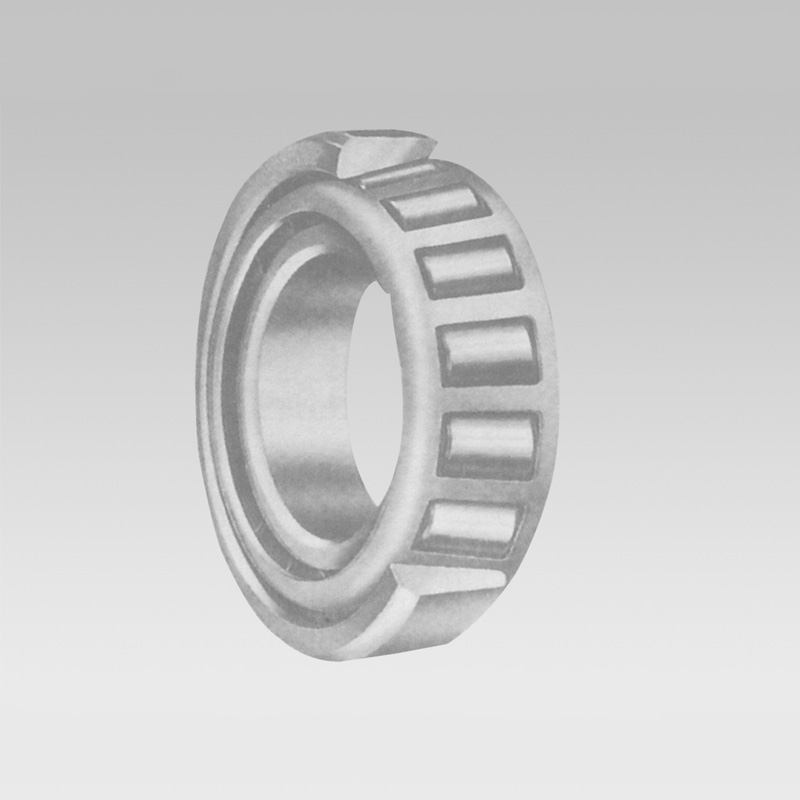
Sep . 29, 2024 23:10 Back to list
Calculating Load for Deep Groove Ball Bearings in Engineering Applications
Deep Groove Ball Bearing Load Calculation
Deep groove ball bearings are among the most widely used types of bearings in various applications, ranging from industrial machinery to household appliances. They are designed to accommodate both radial and axial loads, making them versatile components in mechanical systems. Understanding the load capacities and calculations associated with deep groove ball bearings is crucial for ensuring their optimal performance and longevity. This article discusses how to perform load calculations for deep groove ball bearings and the factors that influence their performance.
Understanding Load Types
Deep groove ball bearings are capable of supporting different types of loads
1. Radial Load This is a load that is applied perpendicular to the shaft of the bearing. It is often the primary load encountered in applications.
2. Axial Load This load is applied parallel to the shaft and can act in either direction along the axis of the bearing. Axial loads are typically lower than radial loads in many applications.
3. Combined Load In practical scenarios, bearings usually experience a combination of both radial and axial loads. The total load is therefore a vector sum of the radial and axial components.
Load Calculation Methods
To effectively calculate the load on deep groove ball bearings, several key factors must be considered
1. Dynamic Load Rating (C) This value represents the maximum load that a bearing can withstand for a specific number of revolutions, usually one million. It is a critical parameter in selecting the right bearing for an application.
2. Static Load Rating (C0) This rating is the maximum load a bearing can support without permanent deformation when not in motion. This value is crucial for applications that may involve significant shock or impact loads.
3. Equivalent Radial Load (P) When a bearing experiences both radial and axial loads, it is essential to convert this combination into an equivalent radial load. This can be calculated using the following formula
\[ P = X \cdot F_r + Y \cdot F_a \]
deep groove ball bearing load calculation

Where - \(F_r\) = radial load - \(F_a\) = axial load - \(X\) and \(Y\) are factors that depend on the type of bearing and the axial load relative to the radial load.
4. Life Calculation The fatigue life of a bearing can be estimated using the following formula
\[ L_{10} = \left( \frac{C}{P} \right)^3 \times 10^6 \]
Where \(L_{10}\) is the bearing life in revolutions, \(C\) is the dynamic load rating, and \(P\) is the equivalent radial load. This equation helps in determining how long the bearing is expected to last under a given load.
Factors Influencing Bearing Load Capacity
Several factors affect the load capacity and performance of deep groove ball bearings
1. Material Composition The materials used in the bearing, such as steel or ceramics, influence their strength and wear resistance.
2. Operating Conditions Temperature, lubrication, and environmental conditions can significantly impact bearing performance. Proper lubrication minimizes friction and wear, while extreme temperatures can degrade material properties.
3. Bearing Design Factors like bearing size, geometry, and internal clearance also play a vital role in how loads are distributed and managed within the bearing.
4. Installation and Alignment Proper installation is essential for load distribution. Misalignment can lead to uneven load distribution and may result in premature failure.
Conclusion
Calculating the loads on deep groove ball bearings is essential for selecting the right bearings for specific applications and ensuring their reliability. By understanding the different types of loads, utilizing the correct formulas, and considering external factors, engineers can optimize bearing performance and prolong their service life. Proper load calculation not only enhances operational efficiency but also contributes to the overall safety and effectiveness of any mechanical system using deep groove ball bearings.
Latest news
-
Spherical Roller Bearings Applications: Heavy Duty, Self-Aligning
NewsAug.30,2025
-
Premium Deep Groove Ball Bearings | High Speed & Reliability
NewsAug.29,2025
-
Durable Scaffolding Clamps - Secure & Reliable Tube Connectors
NewsAug.28,2025
-
Common Failures in Thrust Ball Bearings and Solutions
NewsAug.22,2025
-
How Tapered Roller Bearings Can Take Shock Loads
NewsAug.22,2025
-
Angular Bearings in High-Precision Spindles
NewsAug.22,2025
